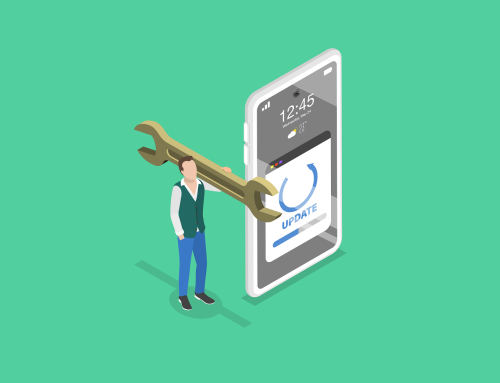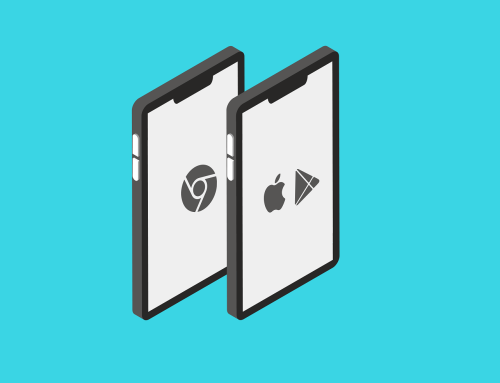Tracking Mobile App Performance
With any functioning app in use by an organisation, certain metrics need to be considered to get a good overview of the how the app is performing.
Without knowing where performance is lacking in your app experience, it makes it more difficult to implement effective future changes.
Discussed below are some the important KPIs that should be measured regularly to ensure conversion and retention rates are high.
Downloads
Downloading is the first step every user needs to complete to get on to your app. With apps displayed in the Google Play Store for devices running Android and the App Store for iOS devices, app developers and marketers need to have a great understanding of how to get and maintain high position in the store rankings.
First party platforms such as the Google Play Console and Apple Analytics allow marketers to get a good overview of the app’s performance on each store with up-to-date data on downloads, ratings and reviews.
These platforms allow organisations to drive engagement and improve user retention.
UX Metrics
Mobile users don’t like to wait around! If your app is sluggish and slow at performing basic tasks, it may lead to users abandoning the app altogether. While the recommended load time for a mobile app is 3 seconds, the average loading time is 8-11 seconds.
Similarly, if your app is difficult to navigate with a confusing layout, customers can easily get frustrated and move on to a competitor.
Proving a feedback option with a survey to users allows you to easily gather quantitative data to show demonstrate where user pain points are and what can be improved in future iterations of the app.
Apps that are slow, crash regularly and have bugs are far more likely to be abandoned by users over time.
Conversions
Whether it’s a mobile app or website, the conversion rate is what really matters. Even if your app has a high active user base, a low conversion rate results in less revenue for your organisation.
App analytics platforms help you get a better understanding as to why your conversion rate may be low.
With an insight into behaviour flow, this type of software captures data whenever users take actions such as logins, clicks and purchases and summarises it for the organisation to easily see where users are dropping off in the app’s sales funnel.
Uninstalls
The definition of an uninstall is when a user deliberately removes an app from their device. Keeping track of uninstall trends will give your marketing team an insight into retention.
Understanding when and why users are uninstalling your app helps you understand the user lifecycle and where to increase retention campaigns at certain points of the cycle.
Measuring when users re-install your app will give you full understanding of their behaviour and which marketing campaigns work best at attracting them back.
It’s always best practice to optimise your marketing spend based on where you’re finding the most loyal app users.
Goal Completion
The Goal Completion metric measures the number of people that complete a specific marketing goal, such as signing up for an account or allowing for push notifications to be activated.
Goal Completion acts like checkpoints in the user journey. Marketing teams can set any goal based on the user activities that are important to your app’s performance such as registration, purchases or form submissions.
Defining your goals is ultimately a fundamental component of any digital analytics measurement plan.
Are you preparing to alter your mobile customer experience in 2022? If so, contact us today on +353 1 8041298, or click on the link below to be brought to our contact form.








